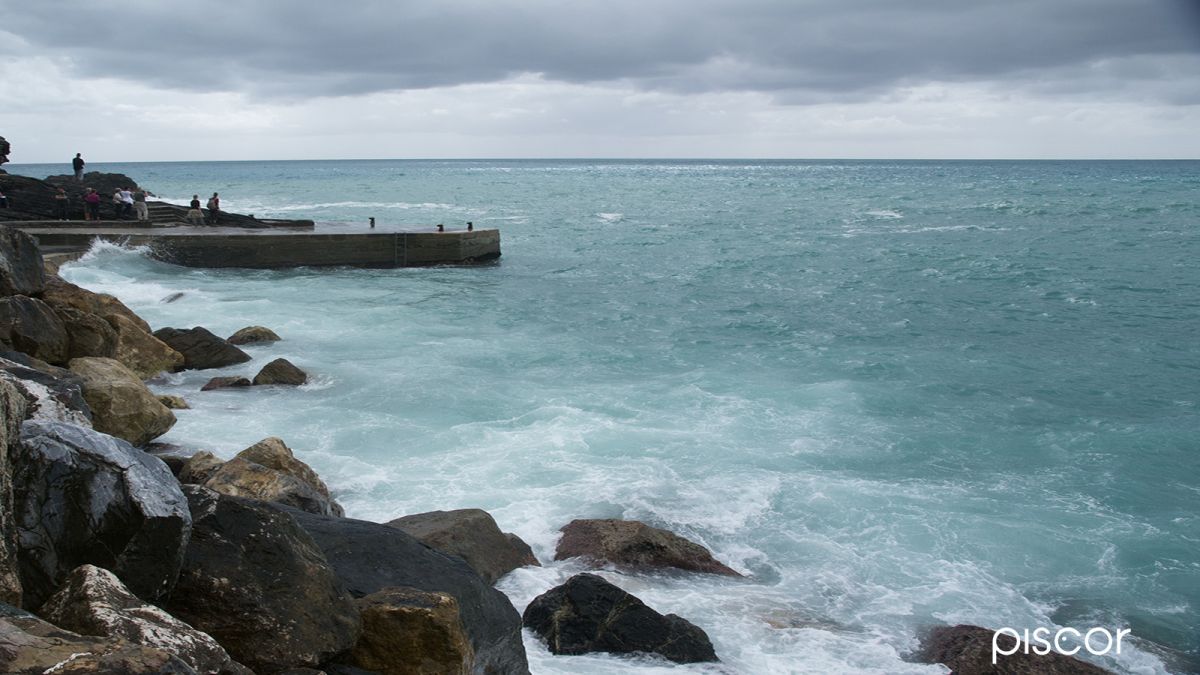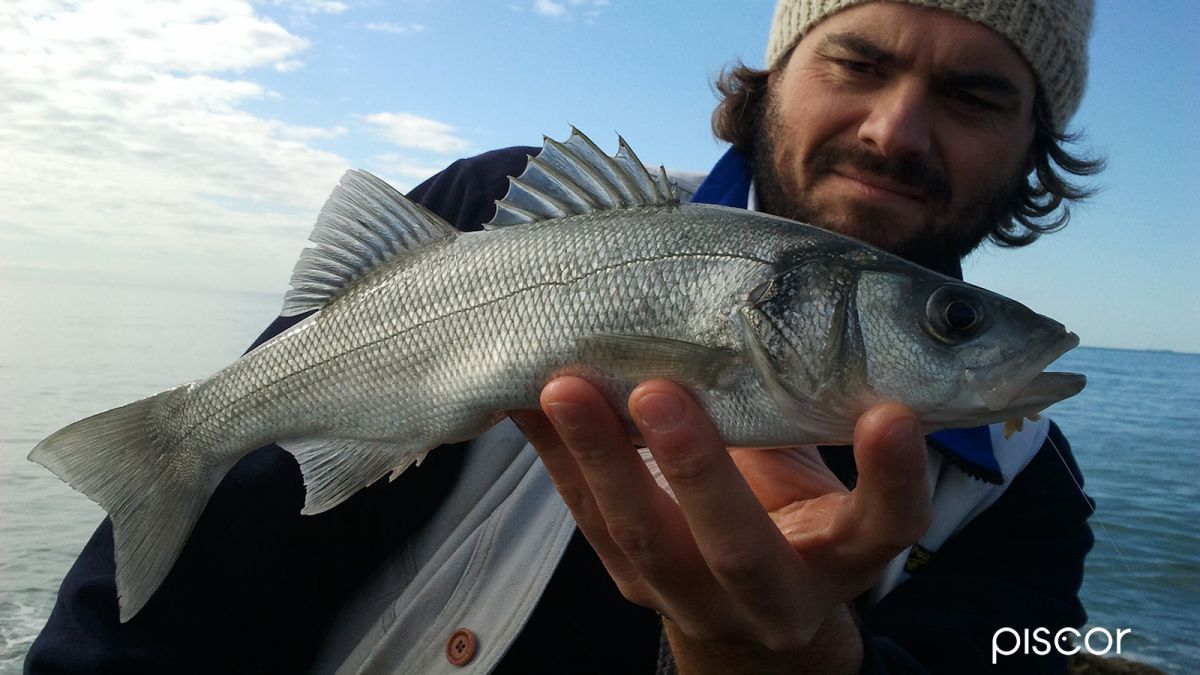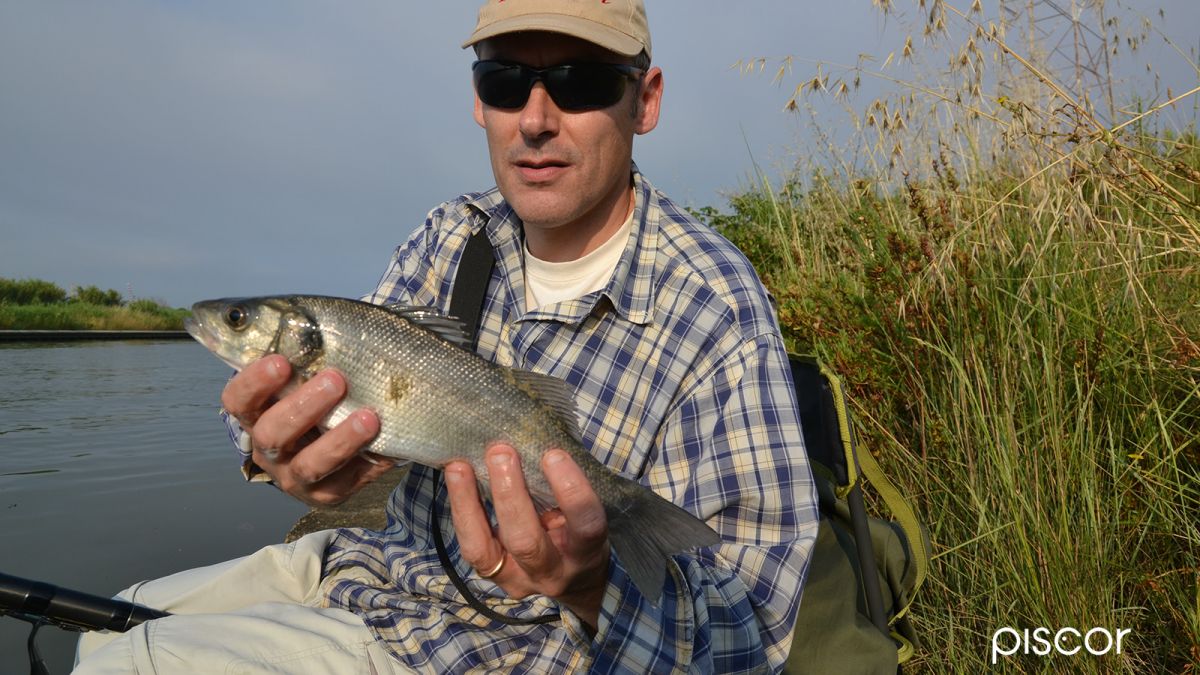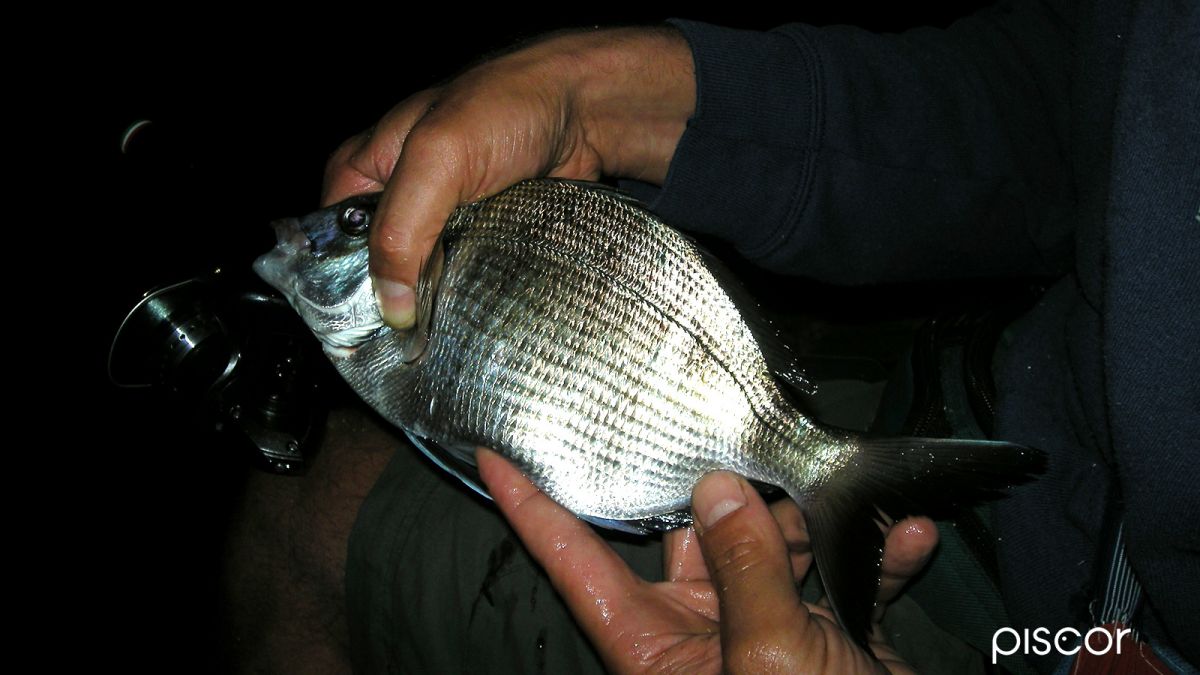With the imminent arrival of autumn, cliff fishing is again very practiced. Let's see how to approach in the best way possible to this type of spot.
The experience gained over time and years of fishing directly on the field have made us change many types of approach by associating them with the various conditions that we can face.
Conditions ranging from sea waves to climatic ones passing through spots characterized by particular currents that require us to make precise choices.
We will talk about two typical lines: the leaded ball and the classic float with a leaded crown as ballast. How and when to use the best to exploit their potential? Let's see how to make the right choice by reading the following lines.
Leaded ball
Ball fishing is characterized by a very essential line. The float is leaded and spherical, the most used are those weighing two or three grams, the main line of 0.18 is joined by a blood-knot to the rig. The latter must be at least one meter long and have a diameter ranging between 0.15 and 0.17.
The hooks used must have a straight shape and be sufficiently strong, but not too much, considering that they must house a very small bait in terms of dimensions such as the maggot.
The measures of the hook oscillate between the number 15 and the number 12. Obviously the quantity of triggered larvae varies according to the size of the hook itself, we pass from the two, three larvae triggered on a 15, to the four, five triggered on a 12.
The greatest peculiarity of this line, however, lies in the plumbing. It is made up of leads of not too generous dimensions, we speak of measures that oscillate between the number 10 and the number 7, depending on how much the sea is rough and the strength of the current, the more wave there will be, the greater is the diameter of the shot leads that we're going to crush on the line.
Undoubtedly the dimensions of the leads are important, but the fulcrum, the key to this line lies in its geometry. These, in fact, are crushed equidistant from each other, at an interval of about fifty centimeters. The line, in its entirety, consists of a total length of two and a half meters, which run between the hook and the float.
The geometry of the leads, derived and called by the inland fishing "shirt button" because of its extreme similarity, is intimately related to its total length. The use of this geometry, in fact, serves to ensure that the fishing apparatus works in the surface water layers, confusing itself with the baiting of loose larvae, done by hand or slingshot depending on the chosen fishing distance.
The equidistance of the leads causes the line to sink and fluctuate in the surf in a homogeneous manner, in the same way as the maggots used as pasture, therefore it would not make sense to use a major line deeper.
We must also consider that the depth of two meters and fifty is still "fictitious", since the real depth of fishing due to the wave motion never exceeds one meter and a half.
The leaded crown
Fishing with a crown, however, is a more erudite, more laborious and refined fishing line and is also more expensive in terms of time for its realization. Also in this case the geometries are many, but we will examine a single one, the most common one, that is the classic open shoulder towards the hook and more closed towards the float.
In this type of line the considerations concerning the triggers, the size of the hook, as well as the diameters of the main line and ending line to be used are the same as those of ball fishing. Substantial differences, on the other hand, reside both in the number and in the arrangement of the leads and in the type of float used.
The latter will have the shape of an inverted pear, this form, in fact, allows greater stability and stability within the wave motion, the drift will be in metal or fiber, as this will give further greater stability to the indicator with respect to a carbon stem. The weight of the float will oscillate between three and six grams, depending on the strength and intensity of the backwash.
Above the knot of the rig, which will be like in the previous case along a meter, we will begin to realize our crown. The choice of the size and the distance between the shot leads will also vary depending on the wave motion, the greater the latter will be, the larger are the shot leads that we will crush on the line, resulting in a smaller distance, vice versa, in the presence of little sea supported, the diameter of the leads will be smaller and the line used will be characterized by a greater distance.
These are the fundamentals on which the realization of the crown is based, in principle we can assert that the first two leads, or those close to the knot on the rig, will be characterized by a distance of about 40 centimeters, while the following will be gradually more closed reducing the distance first of 5 centimeters, and then get to the shot leads next to the float characterized by a distance of about 2-3 centimeters.
Pros and cons...
Basically the fishing with the ball is optimal when we have to fish in the most superficial layers of water and we concentrate our fishing action in points where the backwash creates a sort of zone of stall, where both the float and the pasture stop, always swinging more or less at a specific point.
Here the effect of the current is not uniform because we are not in the presence of a single flow, but there are two current flows that collide, going to balance. This is the optimal situation for ball fishing, here this line reigns supreme and is unquestionably the best and most profitable.
In fact, in the case of the reef we often find ourselves having to fish on jagged seabeds where the presence of rocks is very widespread, thus requiring us to fish more afloat instead of near the bottom.
This technique is valid even if we were faced with a single output current characterized by a uniform, but slight, motion. The poor plumbing and the geometry of leads allows us, in fact, to make a slight restraint, or a good pass, at the same time remaining perfectly in fishing.
In the case of the crown, however, if you were to fish near the surface, this line is optimal when we have to fish within a flow of a certain relief. In fact, thanks to the very collected leads near the float, it has a much greater stability than the ball.
The upper part of the shoulder, in fact, where the distance between the leads is smaller and their relative larger diameter, causes the upper part of the line to sink perpendicular to the surface, while the remaining part, characterized by a more open plumbing, creates a sort of belly making the final end perfectly in the current about a meter and a half below, right inside the current flow.
This allows an adequate presentation of the bait, which cannot take place in the event of a sustained current through the use of the line with the ball, which ends up lying parallel to the surface of the water with a consequent bad presentation.
With the crown we will therefore fish in past, in restrained or lightly held, continuously baiting, creating a continuous cycle of baiting, in the hope that it will be intercepted by fish in search of food by virtue of the favorable situation created for this purpose. from the formed sea.





